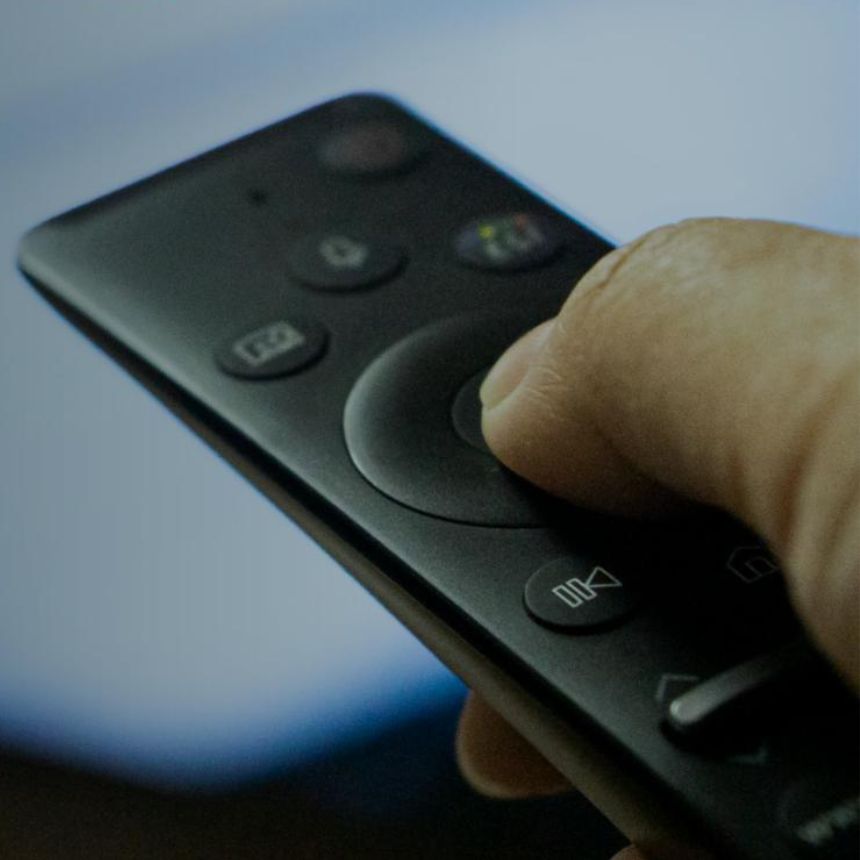Evolving World Events in H2 2020 Impacted Brand Risks according to the Latest Media Quality Report by IAS
The latest Media Quality Report provides global benchmarks for viewability, brand safety and suitability, and ad fraud across digital environments and channels
Key highlights from the report include:
Indonesia Registered the Highest Brand Risk Globally on Desktop Display and Mobile Web Display
After a year of unexpected news and events, advertisers in Indonesia saw brand risk levels rise.
Brand risk on desktop display in Indonesia reached 8.2% H2 2020, the highest globally, while the worldwide average remained unchanged at 4.4% when compared to H2 2019. Other APAC markets such as Japan recorded an increase of 2.4 percentage points (pp) to 5.6%, Singapore 2.4%, and Vietnam which makes its debut this MQR reported 2.5% brand risk levels.
For mobile web display, the brand risk in Indonesia was reported at 16% in H2 2020, two and a half times higher than the worldwide average of 5.8%. Singapore and Vietnam for the same period reported lower brand risk levels of 3.5% and 3.0% respectively, whereas Japan and Australia increased 2.8 pp (to 10.4%) and 1.7 pp (to 4.2%) respectively.
Video impressions witnessed an increased brand risk worldwide in H2 2020, a trend that tended to correlate to video ad impression volumes throughout the second half of the year. It indicates a correlation between brand risk and increased video consumption as a result of consumer stay-at-home behaviors. Adult content was the primary driver of increased brand risk across all formats worldwide, often followed by hate speech, a reflection of turbulent news cycles globally.
Laura Quigley, SVP APAC at Integral Ad Science, says, “We’ve measured high levels of brand risk in APAC, especially Indonesia, and we encourage clients to not just monitor but optimise away from unsuitable environments that don’t meet their brand values. Brand risk is a very important metric to consider and has a direct impact on a brand’s reputation and value. 2020 introduced additional risky content, and marketers were divided on their approach. Some advertisers in APAC continued to run their advertising adjacent to coronavirus content whereas some withdrew for a short period. As the situation evolved, marketers adopted a more nuanced approach, not just blocking but also considering the context and sentiment of the adjacent content to drive audience engagement in high-quality, contextually suitable environments. Programmatic pre-bid targeting facilitates buying quality impressions and reducing wastage. As we emerge from the challenges of 2020, marketers must remember to regularly update their brand suitability settings. There is a strong pivot in the market towards brand suitability and contextual targeting is a viable, privacy-compliant solution for driving efficiencies, engagement, and ROI.”
APAC Viewability on Mobile App Ranked Lower Than the Global Average
Viewability rose most in mobile app display environments, reaching a 72.1% worldwide average. This is likely as a result of wider adoption of the IAB Tech Lab’s Open Measurement Software Development Kit (OM SDK). Australia was the only APAC market that saw mobile app display viewability rise from 69.9% in H2 2019 to 73.0% in H2 2020, an increase of 3.1 pp. New Zealand reported a drastic reduction in mobile app display viewability, down 12.4 pp to 49.8% in H2 2020; the lowest globally. For other countries in the APAC region, mobile app display numbers were lower than the global average in H2 2020. India reported mobile app display viewability of 50.8%, Indonesia 65.2%, Singapore 69.9%. The lower viewability levels on mobile app results call for wider adoption of the OM SDK in the APAC region.
Compared to H2 2019, viewability on desktop display inventory decreased worldwide.
Ad Fraud rates on Desktop Video Increased
In H2 2020, global ad fraud rates improved overall. Optimised-against-ad-fraud levels dropped across all devices and environments reported. In APAC, Japan and Australia were the only markets to witness significant increases in ad fraud rates. Japan experienced increases in optimised-against-ad-fraud rates for display impressions in both desktop and mobile web environments. Australia also witnessed an increase, particularly for desktop video, which saw an optimised-against-ad-fraud rate of 1.6%, twice the average rate a year earlier.
For desktop display in H2 2020, Japan had the highest ad fraud rate globally at 2.9%, followed by Singapore at 2.6%, while the worldwide average was at 0.8%. It’s important for advertisers to deploy effective blocking or use pre-bid to reduce wastage.
The latest Media Quality Report shares unique insights extracted from the trillions of data events IAS measures globally each month. The full report can be downloaded below.
 Share on LinkedIn
Share on LinkedIn Share on X
Share on X


